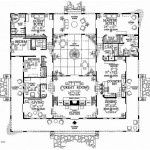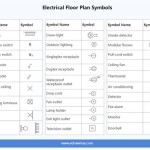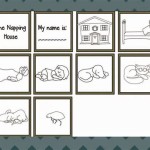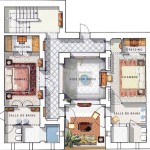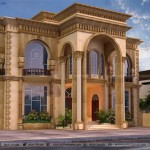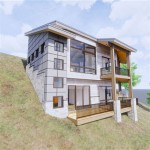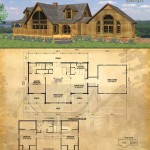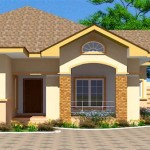Essential Aspects of Second Story Home Addition Plans
Envisioning a second story addition to your home is an exciting prospect that grants you additional living space and enhances your property's value. However, transforming this vision into reality necessitates careful planning and attention to detail. Here are some essential aspects to consider when creating plans for your second story home addition:
Structural Integrity
The foremost consideration is ensuring that your home's existing structure can support the additional weight of a second story. A professional engineer should evaluate the foundation, walls, and roof to determine their load-bearing capacities and recommend necessary reinforcements.
Building Code Compliance
Your second story addition must adhere to local building codes, which regulate aspects such as floor space, ceiling height, and fire safety measures. Familiarize yourself with these codes and incorporate them into your plans to ensure a safe and legally compliant addition.
Access and Circulation
Plan for convenient access to the second story. Consider the location of the staircase and ensure it complies with code requirements for width, headroom, and landings. Additionally, design an efficient floor plan that fosters smooth circulation within the added space.
Natural Lighting and Ventilation
Natural light and ventilation are crucial for creating a comfortable and inviting living environment. Incorporate windows, skylights, or balconies to maximize natural light and reduce the need for artificial lighting. Ensure adequate cross-ventilation to maintain air quality and reduce overheating.
Roofing and Exterior Finishes
The roofing and exterior finishes should complement the existing architecture while providing adequate protection from the elements. Consider the material, style, and color of the roof and exterior cladding to achieve a cohesive and aesthetically pleasing design.
MEP Systems (Mechanical, Electrical, Plumbing)
Second story additions require careful planning for mechanical, electrical, and plumbing systems. Extend existing systems to serve the new space and ensure adequate capacity. Consider energy efficiency and smart home features to enhance convenience and reduce utility costs.
Interior Design and Finishes
The interior design of the second story should complement the existing home while meeting your specific needs. Plan for the room layout, flooring, wall finishes, and lighting to create a functional and stylish living space. Consider incorporating features such as built-in storage, custom millwork, or specialty lighting to enhance the aesthetics and functionality of the addition.
Budget and Timeline
Set a realistic budget for your second story addition and allocate funds accordingly for materials, labor, permits, and unexpected costs. Establish a timeline for the project to manage expectations and avoid delays. Collaborate with reputable contractors to ensure transparency and a smooth construction process.
By carefully considering these essential aspects, you can create well-rounded second story home addition plans that seamlessly integrate with your existing structure, enhance your living space, and increase the value of your property.
Cost To Design And Build A Second Floor Addition In Berkeley New Avenue Homes

Portland Model Hs104 A Second Floor Plan Home Addition Plans Ranch

2 Additions 1st Floor Remodel The Cleary Company

Sample Large Two Story Addition Pegasus Design To Build

Second Story Modular Additions Are Fast Affordable To Build

Classic Colonial Floor Plan Barn Home Davis Frame Addition Plans Ranch

Additions Finish Werks

Home Addition Plan 5179

Cost Vs Value Project Two Story Addition Remodeling

Two Story Addition

